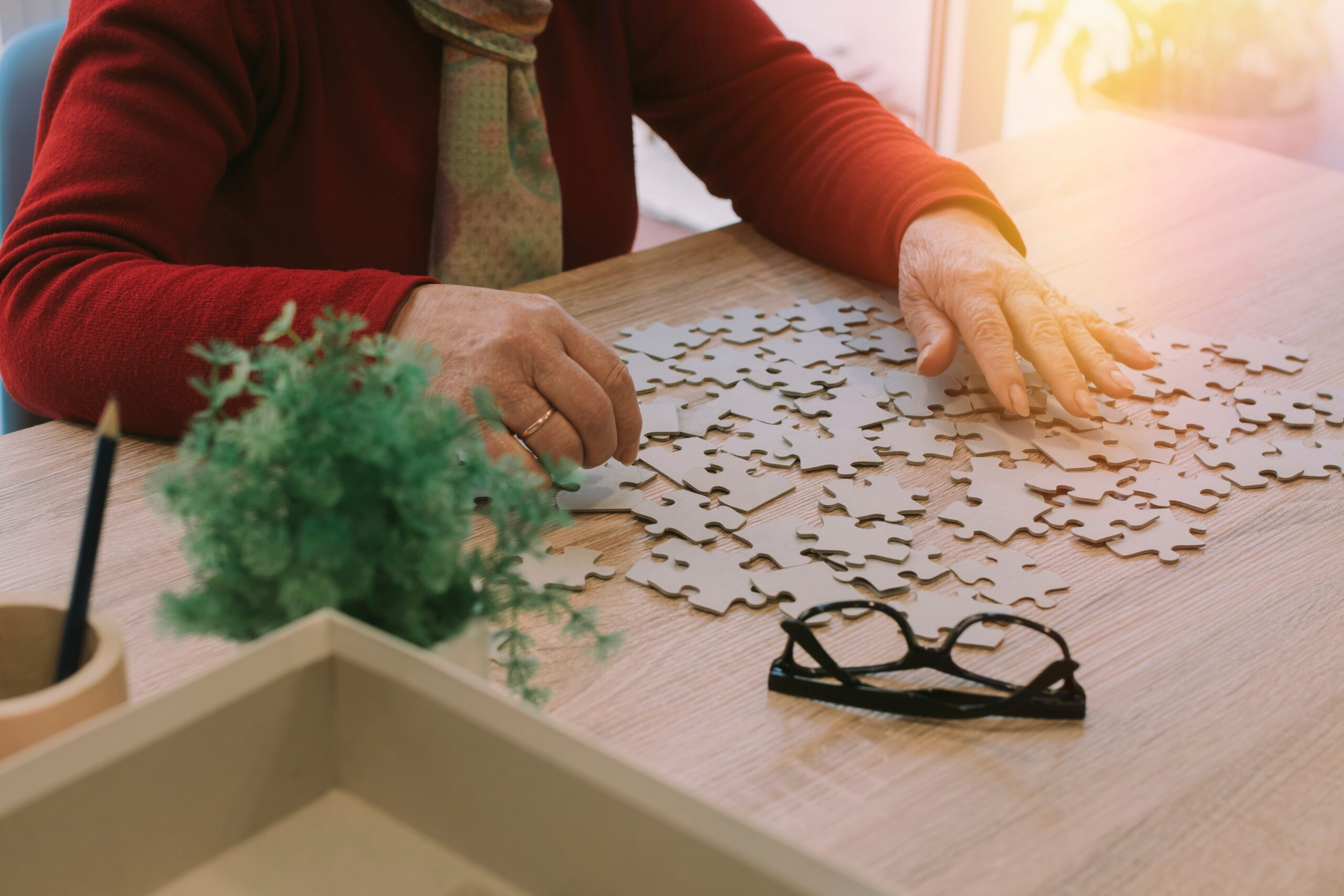Experts Warn: Preventing Disaster With Emergency Kits
Experts Warn: Preventing Disaster With Emergency Kits
Disasters can strike without warning, leaving families vulnerable and unprepared. Experts emphasize that having a well-stocked emergency kit is one of the most effective ways to prevent disaster from turning into tragedy. These kits are designed to help you survive for days if you need to evacuate or shelter in place during emergencies like hurricanes, floods, wildfires, or power outages.
**What Should Be in an Emergency Kit?**
At its core, an emergency kit should cover basic survival needs: water, food, first aid supplies, and tools. Water is critical—experts recommend storing at least one gallon per person per day. For short evacuations plan for three days’ worth; if you expect to stay home during a disaster, aim for two weeks of water supply.
Food should be non-perishable and easy to prepare without electricity or special equipment. Think canned meats and vegetables, dried fruits, protein bars, peanut butter, crackers—items your family will actually eat under stress. Remember to consider any special dietary needs such as baby formula or allergy-friendly foods.
A first-aid kit is essential and should include assorted bandages, gauze pads, antibiotic ointment, pain relievers along with any prescription medications needed for at least seven days. Hygiene items like tissues and sanitation bags help maintain cleanliness when normal facilities aren’t available.
Tools such as flashlights with extra batteries or hand-crank radios keep you informed when power goes out. A manual can opener is vital for canned goods; multi-tools come in handy for various tasks around the house or outdoors.
Important documents stored safely in waterproof containers—like IDs, insurance papers and medical information—can make recovery easier after a disaster strikes.
**Beyond Basics: Personalizing Your Kit**
Experts stress tailoring your emergency kit based on your household’s unique needs including pets’ supplies if applicable. Extra blankets or sleeping bags provide warmth; cash on hand helps when electronic payments fail; chargers ensure communication devices stay powered up.
Having maps of your local area can assist if GPS isn’t working properly during evacuation routes planning.
**Planning Ahead Saves Lives**
An emergency kit alone isn’t enough—it must be part of a broader preparedness plan that includes knowing how to communicate with family members if phone lines are down and practicing evacuation routes regularly so everyone knows what to do under pressure.
Preparing your home by reinforcing windows against storms or clearing flammable debris near structures reduces damage risk significantly too.
Insurance coverage review ensures financial protection aligns with current property values and risks faced by your location — flood insurance might be necessary even where it wasn’t before due to changing climate patterns.
Taking these steps now means less panic later when seconds count most during disasters.
Building an emergency kit may seem daunting but starting small helps — add essentials gradually while checking expiration dates every six months keeps it ready year-round.
When experts warn about preventing disaster through preparedness they mean exactly this: being ready physically with supplies on hand plus mentally through practiced plans makes all the difference between chaos and calm when emergencies happen unexpectedly.





